Any process in the body of a woman is accompanied by the appearance of certain symptoms. The cervix during ovulation, as well as before and after it changes its position, so that gynecologists can easily determine what is currently a cyclic day and what are the girl's chances of fertilization. To examine the organ, it is important to consider some nuances.
Where is the cervix
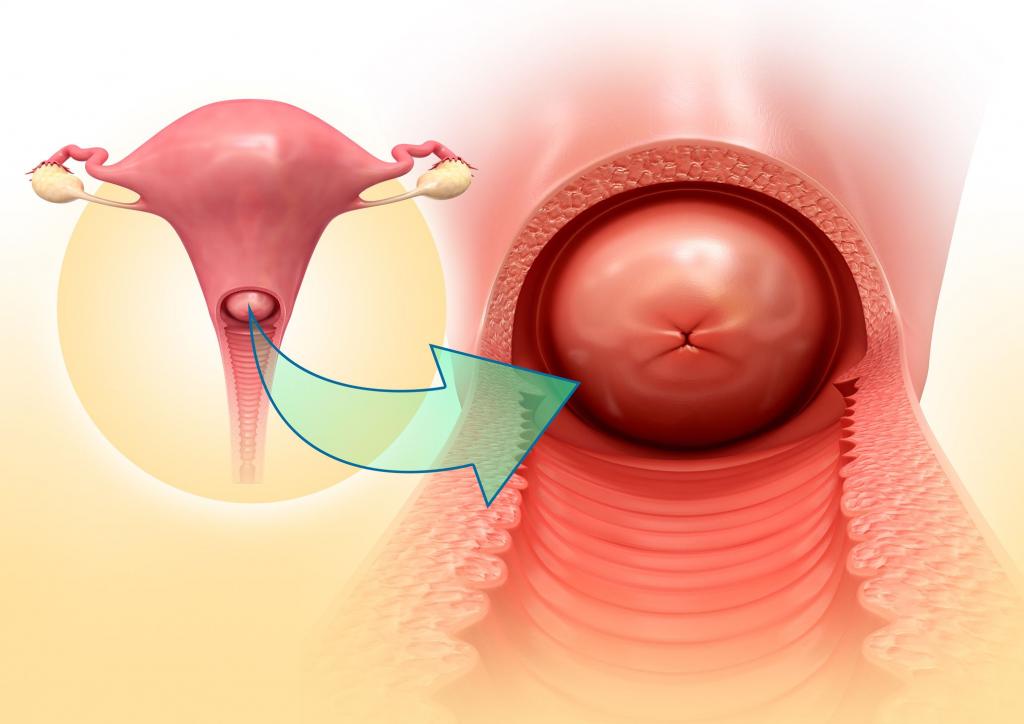
It is a thin long channel between the uterus and the vagina. Through it passes the rejection of unnecessary cells and follicles. These cells when they enter the vagina form menstrual flow.
It is located in the depths of the vagina at a distance of 8-12 centimeters in front of the rectum and behind the bladder, in which the posterior surface is connected to the cervix.
The probability of bearing a child depends on its size, since women with a short neck, in most cases, cannot bear a baby. This organ plays an important role during childbirth, since the delivery process will depend on its location and disclosure.
What the doctor sees as a neck
Each organism is purely individual. As a result of this, all women have a cervix of different sizes. Its length depends on the characteristics of the body, the age of the patient, the bearing of the child.
On different days of the menstrual cycle, the structure of this organ changes. The cervix may have a hard or soft surface. The external pharynx is localized on it. Through it, vaginal discharge gets into the vagina. It can also be modified.
Cervical condition before ovulation
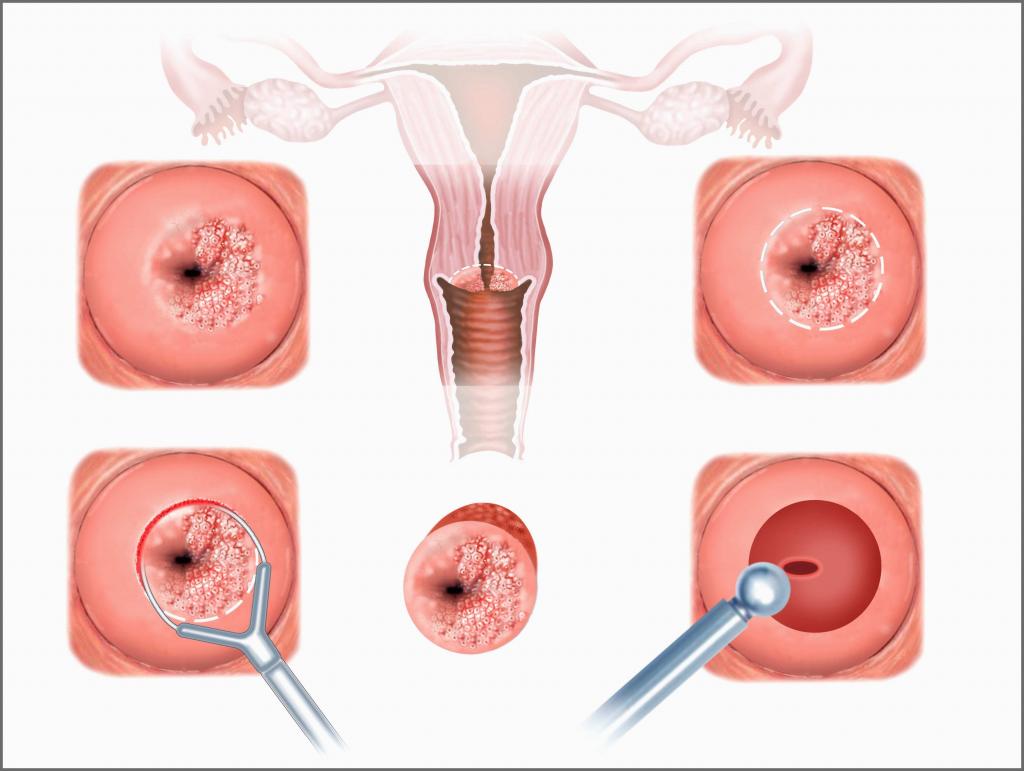
The organ before ovulation is located below the usual. Its surface is almost dry and hard, and the pharynx is completely closed. Here's how the cervix behaves on different cyclic days:
- At 4-5 days the neck will be narrow, firm, elastic to the touch. The degree of hardness of the uterus resembles the tip of the nose to the touch. After menstruation ends, the organ is first closed by a stopper so that microbes do not get into the uterine cavity. In this case, there will be almost no mucus, as a result of which it will be very dry in the analysis of cervical secretions. As a result, the sperm will move slowly and fertilization will not occur.
- On the 7-13th day of the cycle, the cervix slowly begins to shorten, open, rise. The cervical canal is slightly enlarged. At the same time, the follicle begins to mature, which will soon become an egg, which can be fertilized. Until the moment of ovulation, the walls of the organ will be moist, a slimy secret will begin to form. In this way, the female body prepares for the probable conception.
How does the state change during ovulation
Scientists have found that this time in some way affects the condition of the neck. At this stage, the organ will be slightly raised and slightly open. In this case, the cervix during ovulation is soft, more loose in texture, there will be a separation of the secret, which in appearance is similar to glue.
In this case, the cervical canal expands, the pharynx becomes round or oval. Gynecologists call this phenomenon “Pupil Symptom”. Studying the cervix during ovulation, it is noticeable that it is slightly wet, enlarged. The thing is that the cork that blocked it liquefies.
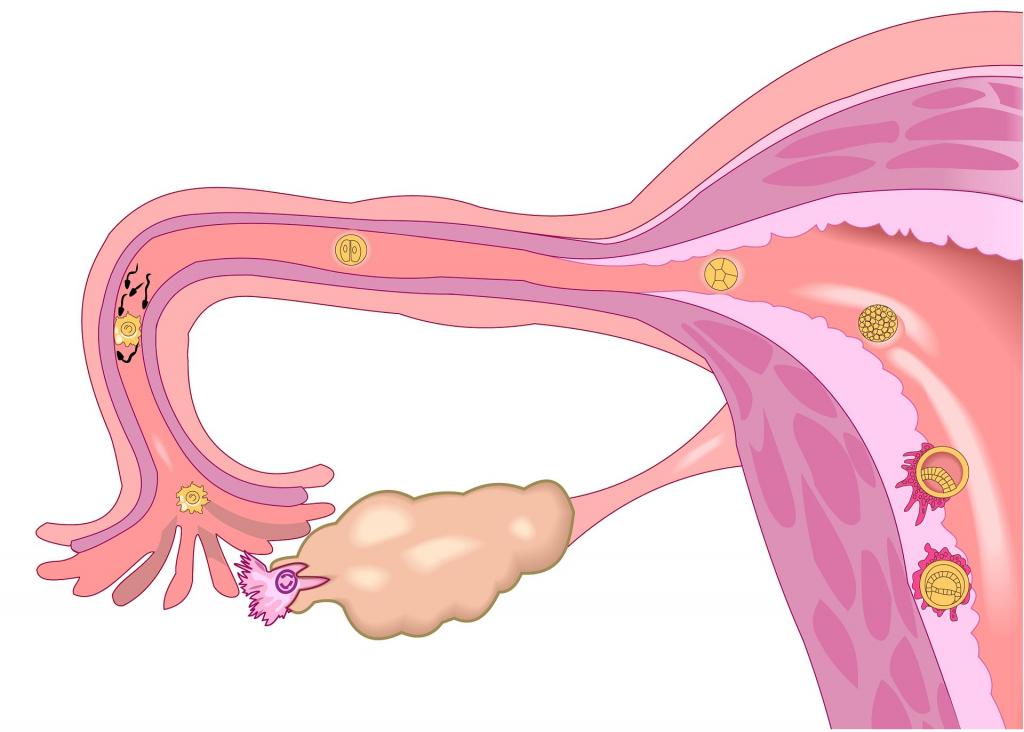
The cervix during ovulation to the touch will be similar to the tip of the nose. Inside you feel for a kind of mound. It is shortened and localized high. The fallopian canal will be slightly ajar. Just before the critical days, the passage will narrow. If conception has occurred, the cervix will become soft and loose to the touch.
The time that will be most favorable for the onset of pregnancy lasts a maximum of two days. If fertilization has not occurred, the egg will die, and its empty shell will come out with bloody discharge during critical days.
Cervix after ovulation
At the end of this period, the pharynx overlaps again. As a result, the organ will be protected from the ingestion of pathological microorganisms. His location will also change at the moment: he will take a position in the middle, become hard, dry. The fallopian channel will close and stretch in length.
Discharge will become more viscous, thicken, decrease in volume. So nature made sure that no infections and new sperm entered the body, since an embryo could already develop in it. As a result, it is extremely difficult to become pregnant in this period.
The cervix after ovulation, if conception has occurred, will have a completely different state. It will rise to the same height as with ovulation. The organ will become drier and firmer. If fertilization does not happen, it will be exactly the opposite.
Days before menstruation

What is the cervix after ovulation several days before the start of critical days? On the 25-26 day of the cycle, the cervix, as a rule, is completely lowered. There will remain a small low passage through which the membrane of the follicle of the mature egg will exit. At this time, the cervix will become softer.
It is almost impossible to get pregnant during this period. This can happen only in those moments when hormonal changes occur, endocrine disruptions occur, and there are some pathologies.
Cervix after ovulation, if conception has occurred
At an early stage of pregnancy (period from 2 to 7 days), the walls of the uterus will be very soft, loose. Doctors can learn about the presence of pregnancy by the appearance of the cervix no earlier than 14 days, because before that the symptoms of pregnancy in the initial stages will be similar to the signs of an approaching menstruation.
After the moment of conception, the walls of the cervix will gradually narrow, and the density will be increased. Thus, the body protects the uterus from the entry of dangerous bacteria into it. When examining the cervix, you can notice the fact that her color has changed. It will become a little bluish due to the rapid flow of blood. By the sensations one can already determine whether a woman is in a position or not.
Somewhere before the 23rd week of pregnancy, the neck will be completely closed so that microbes do not get inside. However, after 23 weeks her condition will change. She will begin to shorten greatly, due to the pressure of the child. Reducing the cervix is necessary to maintain the weight of the fetus and amniotic fluid.
Before birth, the cervix will not change its position, but will be shortened. It happens that it "tan" due to the high level of density in order to avoid the ingress of pathogenic substances into the uterine cavity. So the woman and the child will be protected from premature birth.
Abnormal condition of the cervix
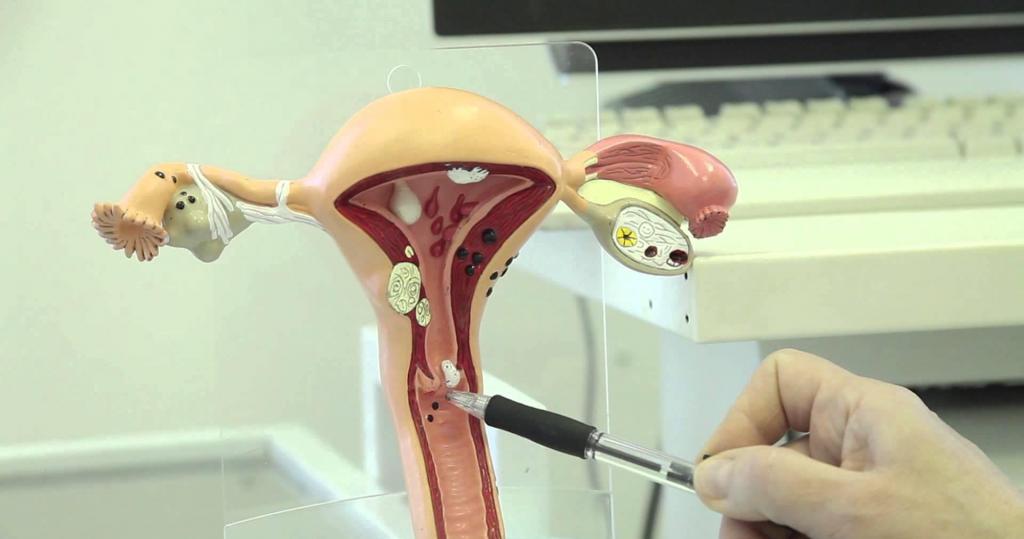
In almost all cases, the cervix closes after ovulation. It is very difficult to determine by palpation. You can establish the fact of closure by ultrasound. After ovulation has occurred, the cervix lowers and begins to close. If this does not happen, some analysis may be prescribed to exclude pathologies of the reproductive system.
If the condition of the cervix during ovulation and after it is in doubt, you should consult a gynecologist. In almost all cases, abnormal behavior of the body indicates the onset of pregnancy. If the cervix remains solid after ovulation, this is a sign of conception. In rare cases, this is a sign of certain diseases.
Self Examination Rules
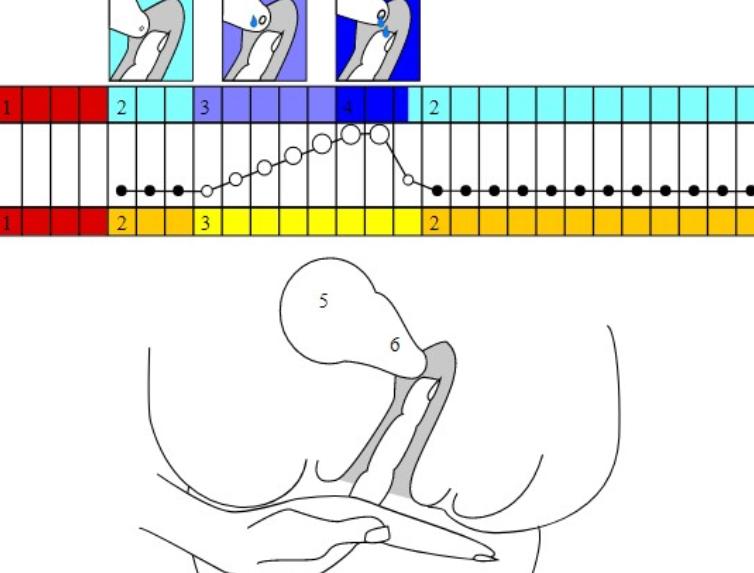
- The cervix cannot be examined during menstruation. So you can bring bacteria.
- Examine the cervix during ovulation and after it can be maximum once a day.
- You need to examine yourself regularly to track the dynamics.
- The procedure is performed daily at the same time, for example, in the morning at 8 o’clock.
- If any pathologies of the reproductive system are detected, it is better not to do the diagnosis.
- Before performing the procedure itself, you should thoroughly wash your hands with soap, trim long nails, remove the rings. It is ideal to treat your hands with a disinfectant or wear sterile medical gloves on them.
- If you undertook to examine yourself on your own, you need to better know the structure of the female genitourinary system.
For the examination to go well, you need to take a comfortable pose. You can take a squat position, sit on a chair or toilet bowl, lifting one leg, putting it on any object (sink, washing machine, etc.).
After that, carefully enter the middle with the index finger into the vagina. Carefully probe everything inside. You need to find the desired tubercle, since it is he who is the subject of the examination. After a short workout, seeing the difference will become easier.
A few days before the onset of menstruation, the cervical canal will be ajar, so it is very easy to bring pathogenic microorganisms into the body. To avoid this, try to carry out all manipulations in sterile conditions. An organ can easily be injured, so it is better not to do sudden movements.
If there is a tingling sensation in the cervix

Tingling is often felt during critical days. If you felt a tingling sensation during ovulation, this may indicate the presence of pathologies:
- Endometriosis. This is when endometrial cells accumulate in various organs of the reproductive female system. If it comes to complications, this pathology can affect ovulation, the menstrual cycle, lead to primary or secondary infertility.
- Diseases of the genitourinary system of an inflammatory nature and pyelonephritis.
- Cystitis is the most common disease of women and girls of different ages. For his treatment, it is better to consult a doctor.
- Cancer of the cervix (growths). This is one of the worst diseases. If you find it on time, oncology of this localization can be treated. The presence of such a pathology can also be indicated by small spotting during the entire cycle, including the time of ovulation.
It is important to know the condition of the cervix during ovulation and after it, in order to carefully monitor your health and in case of unpleasant and non-standard symptoms, consult a doctor in time.